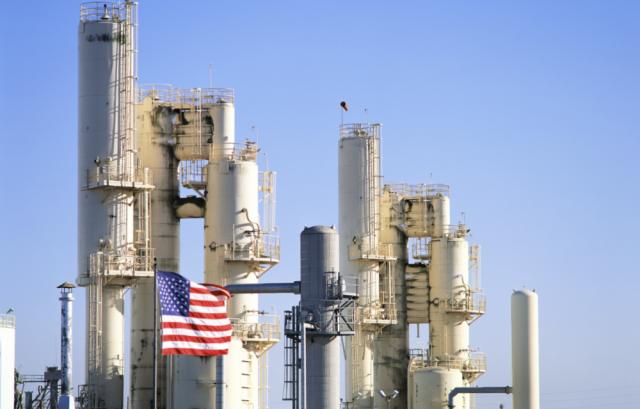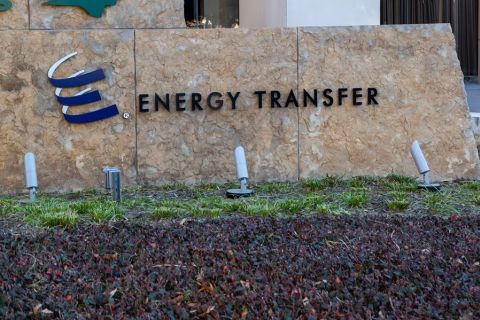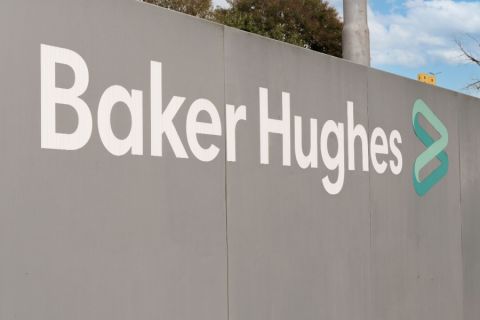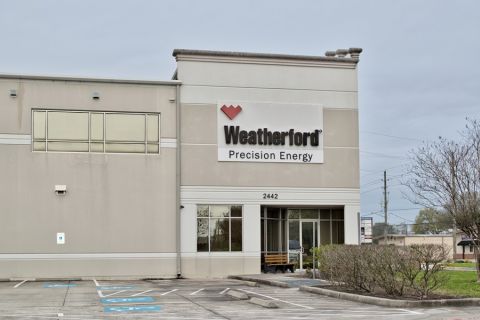
“Given limited spare refining capacity within the Atlantic Basin, a drop in demand due to price sensitivity/elasticity seems the greatest threat,” the Wells Fargo analysts wrote. (Source: Shutterstock.com)
Independent refiners in the U.S. are expected to deliver second-quarter earnings that in some cases are expected to exceed some companies’ best full-year results, while additional upside shouldn’t be ruled out, according to Wells Fargo analysts.
Operational updates do not point to any “signs of demand weakness within their own systems,” despite recent data from the Department of Energy that implies weakness in gasoline and crack spreads moderating slightly, Wells Fargo analysts Roger D. Read and Lauren Hendrix Walker wrote in a research note last week to clients
The analysts believe crack spreads could remain elevated in 2023 due to economic and policy-driven reductions in global oil production and refining capacities.
The biggest threat facing independent refiners—including PBF Energy, Phillips 66 and Valero Energy, all mentioned in the report—relates to the potential for a significant change in refining supply and demand conditions considering rising inflation, disruptions across nearly all global supply chains and fears of a global recession.
“Given limited spare refining capacity within the Atlantic Basin, a drop in demand due to price sensitivity/elasticity seems the greatest threat,” the analysts wrote. They added that they also were most worried about risks to demand for diesel but “with the early innings of the summer driving season encountering record nominal pump prices, gasoline garners the lion’s share of current concern.”
Geopolitical events and decisions in Ukraine and China respectively have resulted in the removal of refined product and feedstock from the Atlantic Basin. Sanctions on Russia have removed up to 2 million bbl/d while internal decisions within China have removed another 2 million bbl/d compared to a year ago.
“The return of Russia product seems unlikely without a clear and sustainable resolution in Ukraine. We are less confident in any forecast regarding the timing and magnitude of the return of volumes from China,” Read and Walker wrote. “The return of those volumes would likely result in lower cracks but higher oil prices, in our view.”
Recommended Reading
Talos Energy Expands Leadership Team After $1.29B QuarterNorth Deal
2024-04-25 - Talos Energy President and CEO Tim Duncan said the company has expanded its leadership team as the company integrates its QuarterNorth Energy acquisition.
Energy Transfer Ups Quarterly Cash Distribution
2024-04-25 - Energy Transfer will increase its dividend by about 3%.
ProPetro Ups Share Repurchases by $100MM
2024-04-25 - ProPetro Holding Corp. is increasing its share repurchase program to a total of $200 million of common shares.
Baker Hughes Hikes Quarterly Dividend
2024-04-25 - Baker Hughes Co. increased its quarterly dividend by 11% year-over-year.
Weatherford M&A Efforts Focused on Integration, Not Scale
2024-04-25 - Services company Weatherford International executives are focused on making deals that, regardless of size or scale, can be integrated into the business, President and CEO Girish Saligram said.






